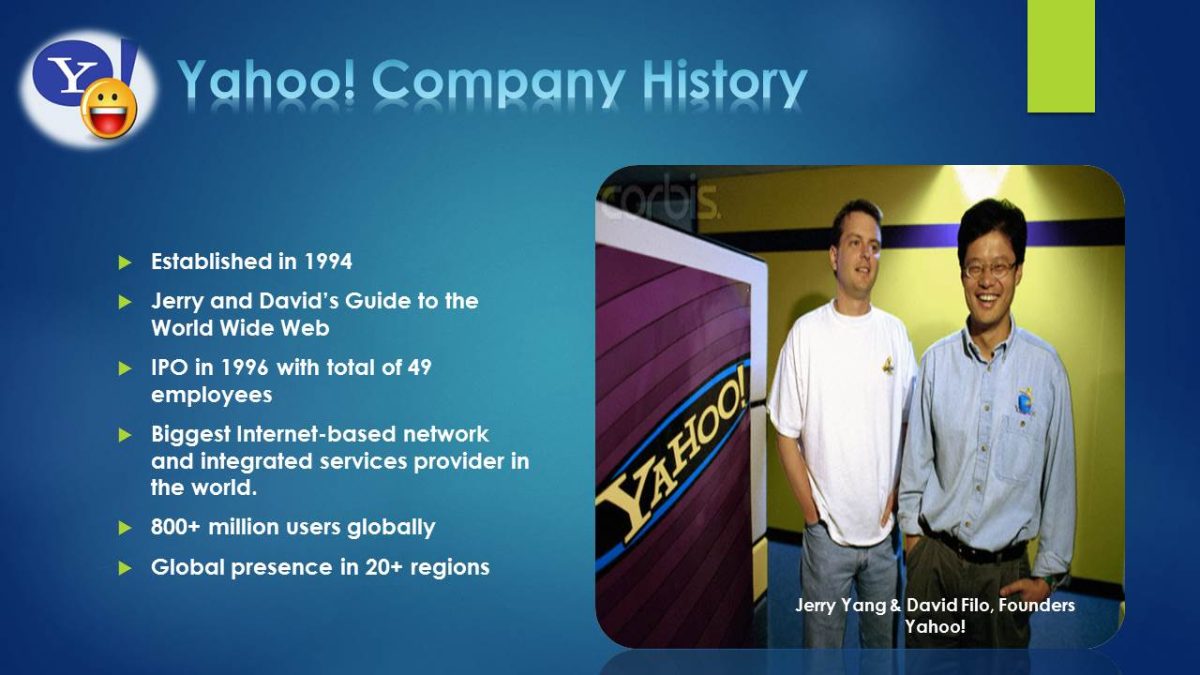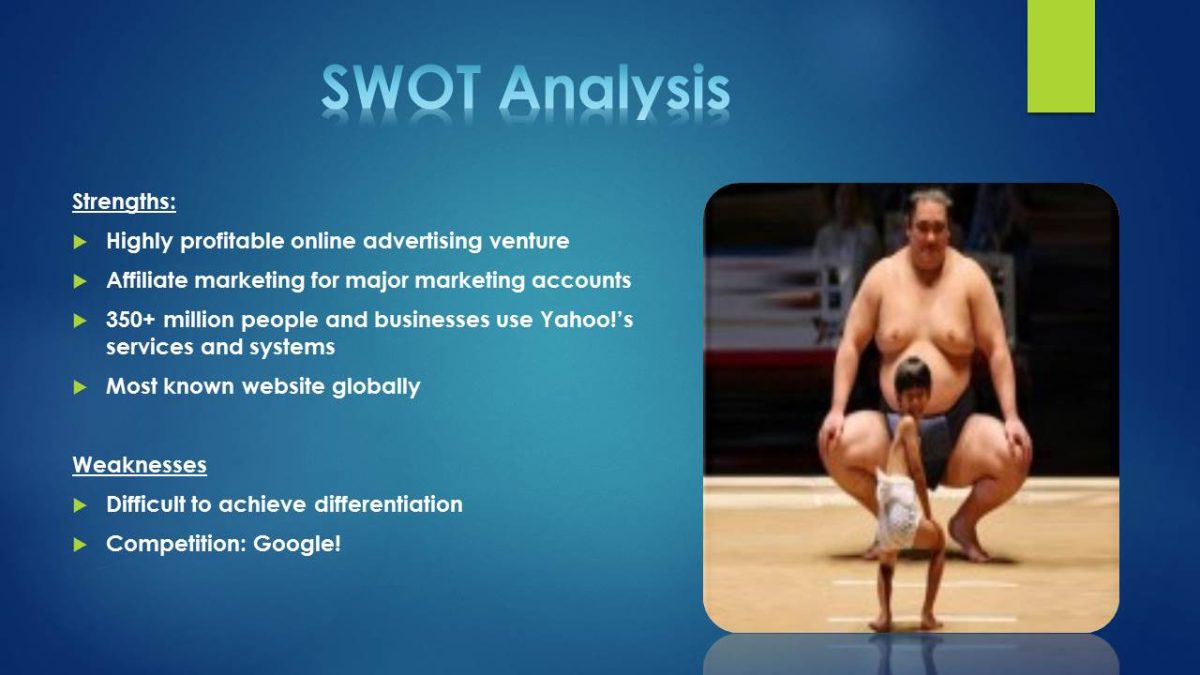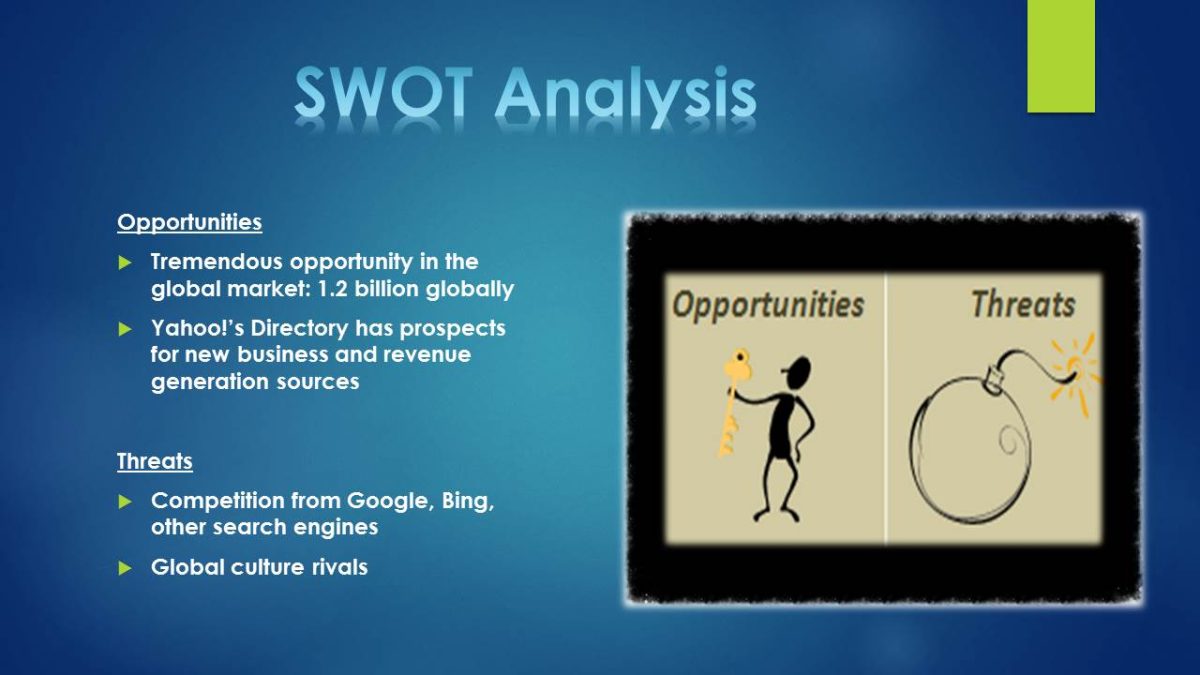- Established in 1994;
- Jerry and David’s Guide to the World Wide Web;
- IPO in 1996 with total of 49 employees;
- Biggest Internet-based network and integrated services provider in the world;
- 800+ million users globally;
- Global presence in 20+ regions.
Yahoo! was established in 1994 under the leadership of two Electrical Engineering students, viz. David Filo and Jerry Yang. Initially, the website was simply a guide to the World Wide Web. The title Yahoo had been in use for sometime and thus the owners patented it as Yahoo!
Jerry and David’s Guide to the World Wide Web was a simple directory to guide users whilst accessing other websites. The most outstanding aspect with this guide is that it was arranged hierarchically, thus departing from the conventional indexed pages, which existed before.
In 1996, against all the odds, Yahoo! had its maiden initial public offer (IPO) with only 49 employees. The IPO netted 33.8 million dollars after offsetting 2.6 million shares each going at 13 dollars. Earlier on in 1995, the founders had received venture capital worth 3 million dollars from Michael Moritz.
Currently, Yahoo is the biggest Internet-based network and integrated services provider in the world. With the technological revolution that is sweeping across the world, individuals from all over the globe can access the Internet, which gives the company an opportunity to expand its customer base. Currently, the company enjoys over a whopping 800 million users across the globe. In addition, the company has a global presence in over 20 regions worldwide. The start of the 21st Century was a crucial era for Yahoo as it heralded the dot-com era. In 2000, Yahoo’s stocks doubled to reach a high of 118.75 dollars per share. Before December 1999, the stocks had not reached 60 dollars per share, and thus the dot-com bubble era of the 21st century defined the existence and thriving of Yahoo even in the numerous challenges and lawsuits.

Gap Analysis
- 2012: Marisa Mayer CEO;
- Better positioned on its internal environment vs. external environment;
- Improve external positioning by improving brand and assets;
- Increase market share and general performance;
- 2012: All employees work from office;
- 2012: 14% reduction in workforce;
- Strategy: Core competencies, solution innovation and expansion.
In September 2011, Carol Bartz was allegedly sacked via a telephone conversation before Tim Morse took over as the interim CEO. In January 2012, Scott Thompson became the new CEO, but he only lasted for 3 months before being replaced by Ross Levinsohn at an interim capacity. Ultimately, Marissa Mayer came in on 16 July 2012 as the new CEO, and she holds this position even to date.
Yahoo! is better positioned on its internal environment as compared to its external environment. Therefore, in a bid to improve its external positioning, the company has been improving its brand and assets coupled with increasing market share and the general performance.
After Scott Thompson came on board as the new CEO in 2012, he initiated massive changes within the company. Firstly, 2,000 workers were laid off, which amounts to 14% of the company’s workforce. According to reports explaining the motive of the layoffs, Thompson noted that the company would save over 375 dollars every year following the exercise. After coming on board, Marissa required all employees to report to office every day, thus departing from the conventional work-at-home policy that defines the majority of Internet-based businesses. This move hinged on the premise that when employees interact face-to-face, they foster a strong collaborative culture, which forms the backbone of innovation, flexibility, and productivity. This aspect strengthened the company’s internal environment.
The company’s strategy can be defined in three aspects, viz. core competencies, solution innovation, and expansion. The key core competency lies in mobile telephony space. In addition, Yahoo! presents itself as the home for solution innovativeness, and thus it promises to offer timely solutions to the clients’ needs. On expansion, the company has acquired several firms with Wander and Distil being the latest acquisitions.

SWOT Analysis
Strengths
- Highly profitable online advertising venture;
- Affiliate marketing for major marketing accounts;
- 350+ million people and businesses use Yahoo!’s services and systems;
- Most known website globally.
Weaknesses
- Difficult to achieve differentiation.
- Competition: Google!
Yahoo! has several strengths in its operations as a business entity. First, the company engages in a highly profitable online advertising venture. The technological revolution of the 21st century has prompted companies to consider online marketing, and thus Yahoo! is placed strategically to reap from this marketing opportunity.
Yahoo! functions as an affiliate marketing company for major marketing accounts. This aspect implies that the company rakes in millions of dollars in form of advertising revenues from these affiliate-marketing firms. Some of the affiliate companies include WebMD, e-bay, and Forbes.com among others.
In addition, the company enjoys a customer base of over 350 million people and businesses that use its services and systems. This huge number of clients means high-income rates for the company, and thus the company can utilize such advantage to expand and establish a competitive edge in the industry.
In addition, Yahoo! is the most known website globally. This aspect adds to the huge number of potential clients that the company can tap in its operations.
However, just like any other business, Yahoo! has several weaknesses. The first weakness is internal as the company struggles to achieve differentiation because all the services that it offers can be accessed from other companies. For instance, people can explore the Internet using other search engines like Google or MSN. Similarly, clients can open free email accounts using Google or MSN. In addition, the news provision aspect is crowded with established firms like BBC and CNN offering firsthand reliable information. This lack of differentiation underscores the second weakness, which is stiff competition from established firms like Google. The competition is likely to heighten in the future as more companies are coming up to offer the same services that Yahoo! offers.
Opportunites
- Tremendous opportunity in the global market: 1.2 billion globally;
- Yahoo!’s Directory has prospects for new business and revenue generation sources.
Threats
- Competition from Google, Bing, other search engines;
- Global culture rivals.
The greatest opportunity for Yahoo! is the ever-expanding global market, which is occasioned by the 21st technological revolution. Currently, the global population is over 8 billion and projections show that it will hit the 10 billion mark by 2050. Currently, Yahoo! has access to over 1.2 billion individuals across the world. However, this portion is a bare minimal given the current 8 billion individuals across the world. Therefore, Yahoo! can tap into these markets and expand its business operation and revenue generation. Governments across the world are pushing for computer literacy, which is an advantage for Yahoo! as this trend will imply more business for the company.
In addition, Yahoo!’s Directory has prospects for new business and revenue generation sources. Most business establishments across the world lie under the category of small and medium-sized enterprises (SMEs), which are potential clients for Yahoo! as an advertising company.
However, the company faces several threats. The most outstanding threat is stiff competition form other established companies like Google, Bing, MSN, and AON among others. Therefore, competition will always be a problem for Yahoo! in the future. Most investors hold that the future lies in technology, and thus the majority of them are investing in the industry hoping to make huge profits at the right time. Therefore, Internet-based companies are likely to become innovative and efficient as they scramble for the global market share.
In addition, global culture rivals are a threat to Yahoo! Different regions are coming up with their search engines, and thus due to cultural differences, individuals from these regions might prefer their search engines to Yahoo! For instance, users from China and India might decide to use search engines based in their countries as opposed to using Yahoo!, which is based overseas.

